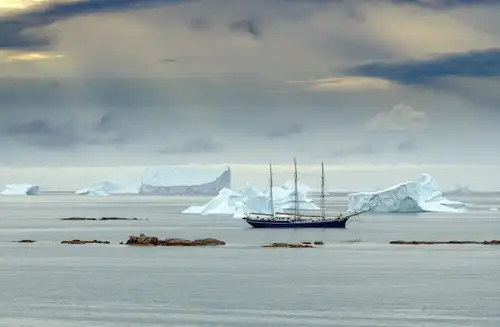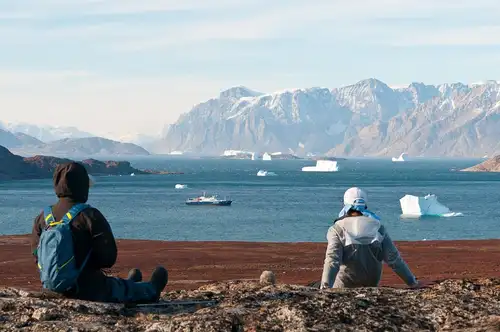If you spot a grand old whiskered man lounging in solitary splendor, there's a good chance you're looking at a bearded seal. Your Greenland cruise will take you to bays where these solitary fellows (except during breeding season) hunt for fish in the relatively shallow waters near the shores.
Did you know that bearded seals are the largest of the true seal species found in the Arctic? Here's another interesting fact – the males' mating songs are so loud that they can be heard up to 20 km away.
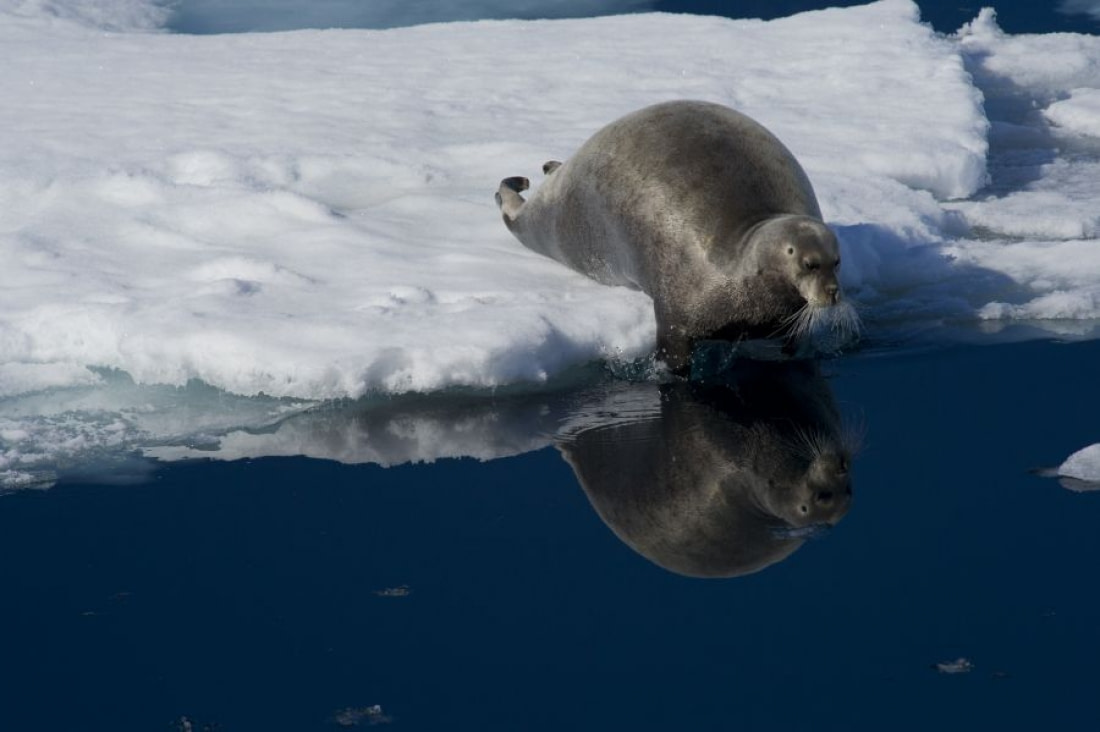
Harbour seal
The harbour seals you might see on your Greenland cruise are likely to be found in estuaries and near river mouths. They can grow up to nearly 2 meters in length and weigh up to about 120 kg, with a color range from grey to brown and a dark speckled pattern.
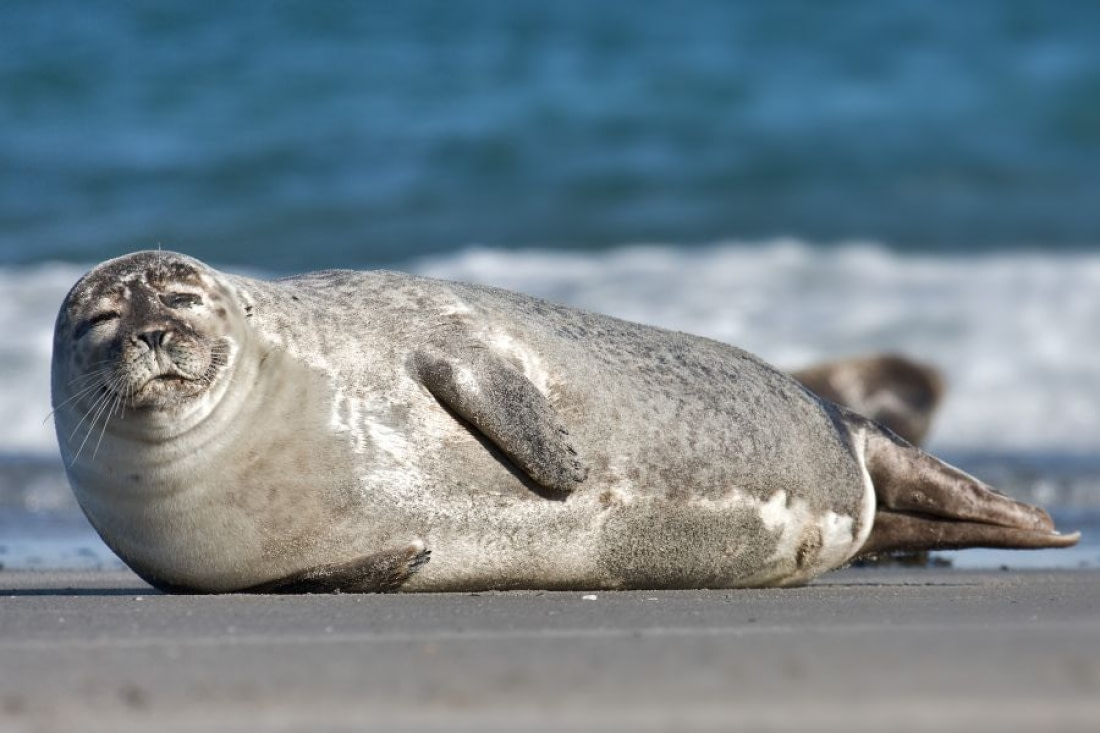
Their large black eyes, protected by oil, work very well in dark waters. But they don't rely solely on sight to hunt fish and other treats – their hearing is nearly 14 times better underwater than on the surface or on land. Harbour seals also have extremely sensitive whiskers, which they use for hunting in dark waters.
Harp seal
The harp seal is probably the variety of seal you're most likely to see during your Greenland cruise, as they are the most numerous species around the island. These seals are perhaps the most familiar, with their large soulful black eyes often featured in motivational posters and tourism ads. Their attachment to Greenland is reflected in their scientific name, Pagophilus groenlandicus, which means "ice-lover of Greenland."
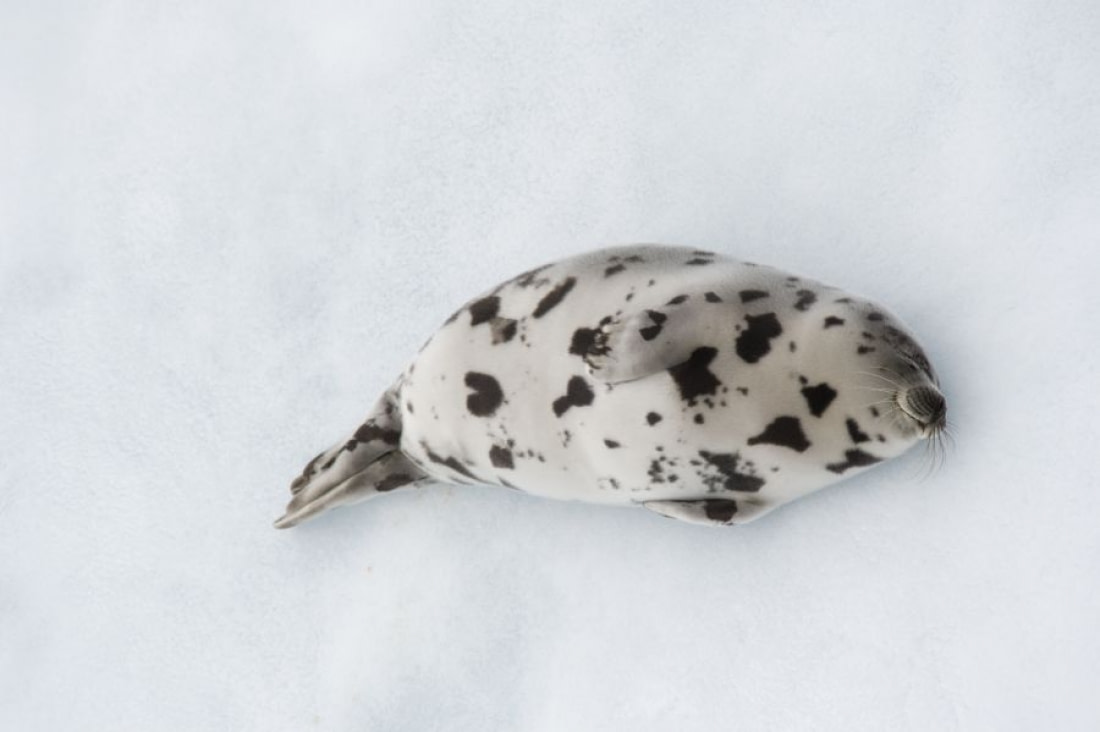
Hooded seal
If you encounter a seal giving you the stink-eye during your Greenland cruise, it's likely a hooded seal. Preferring a solitary life (outside of mating season), hooded seals can be aggressive when defending their territory. They get their common name from the unique hoods over their nostrils. They inflate these hoods into a purplish balloon shape to attract females. The hoods also serve another purpose – underwater, the hooded seal can use them as a kind of noisemaker to warn other seals that this area is claimed.
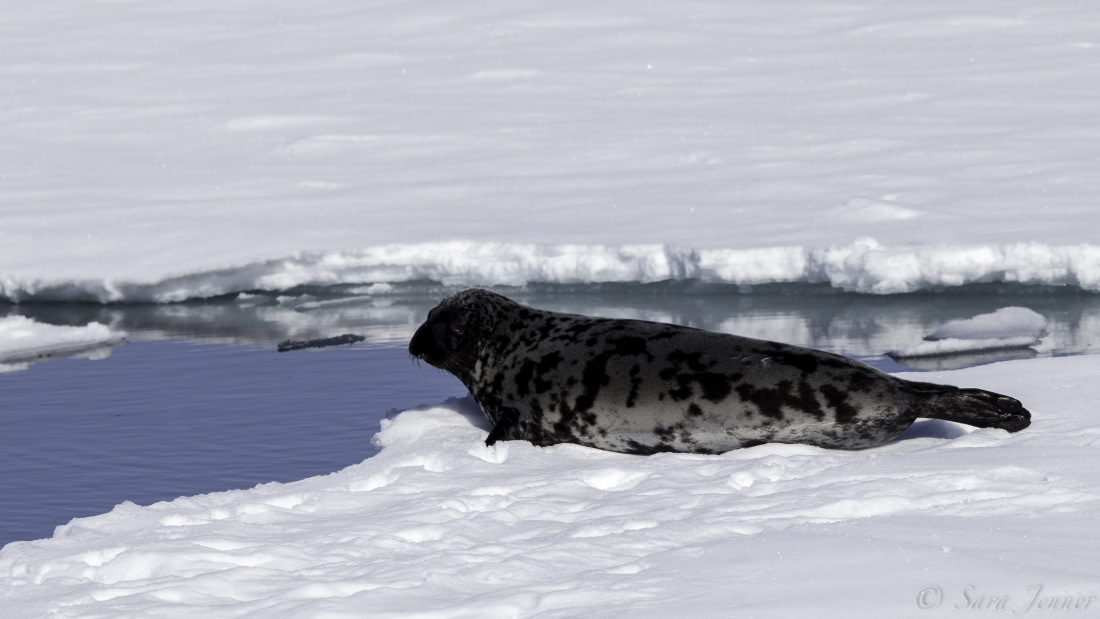
Ringed seals
The ringed seals you might see on your Greenland cruise are the smallest of the local species, reaching about 1.5 meters in length and 75 kg in weight. What ringed seals lack in size, they make up for in numbers – the worldwide population is estimated at roughly 2,000,000 individuals. Ringed seals are the only species that truly feel at home in waters that can ice over because they use their claws (up to 2.5 cm thick) to cut out breathing holes in the ice. Unfortunately, this sometimes means they get pushed out of their own holes by oxygen-starved whales and other seal species.
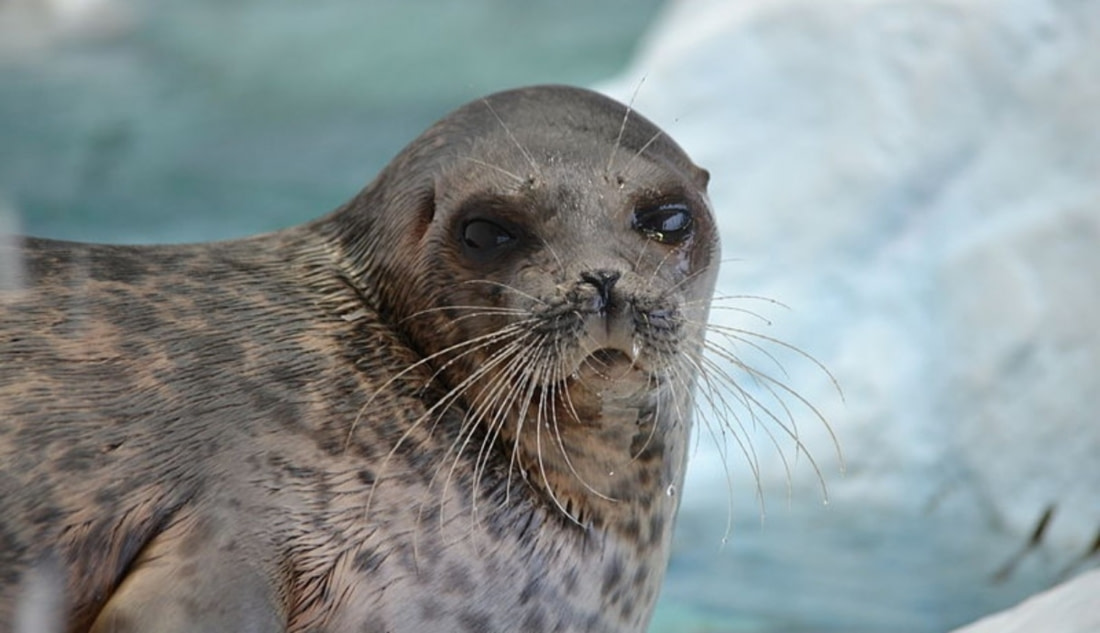
Walrus
You caught us, we cheated a bit. Our sixth marine mammal is not a true seal; it's the mighty walrus (belonging to the family of Odobenidae). The walruses you'll see on your Greenland cruise will be easy to distinguish from the seals – they're much bigger, weighing up to 1,700 kg, and of course, they have their world-famous tusks. Don't be fooled by their size – these guys can move. They can run on all four of their flippers (sort of like a dog), unlike most seals that have to inchworm their way along the ground on their bellies. It's estimated that they can "run" almost as fast as humans on land, and in the water, they can burst up to speeds around 35 km per hour.
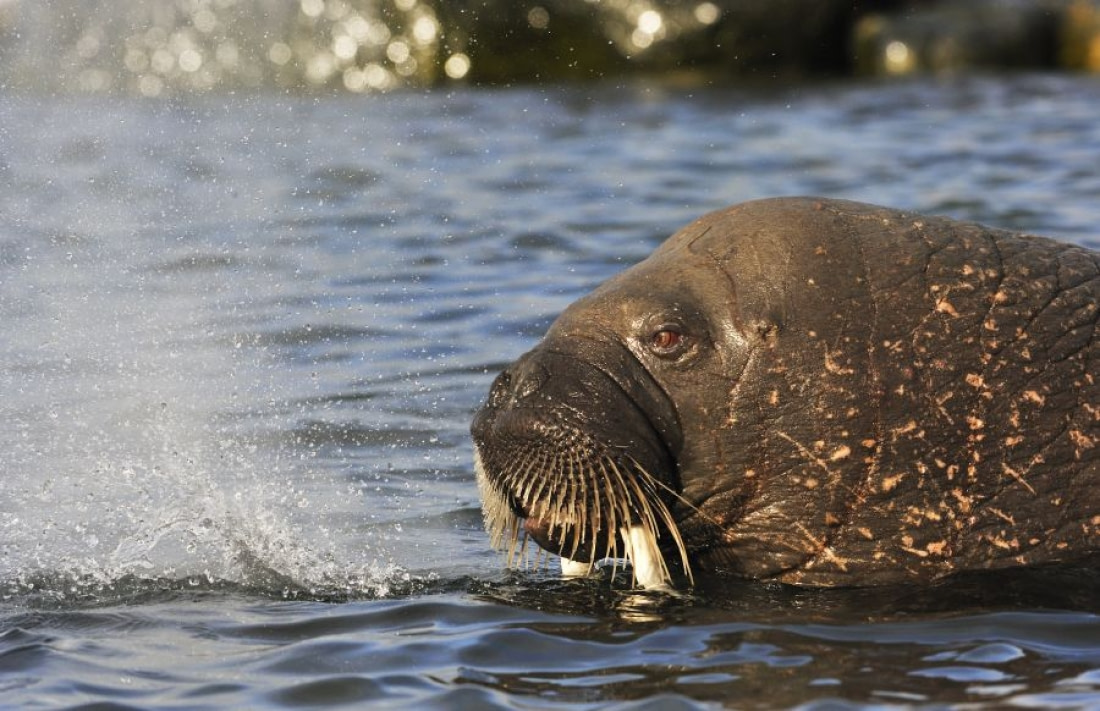
Here's a bonus informational tidbit – their scientific name, Odobenus rosmarus, means tooth-walking sea horse.
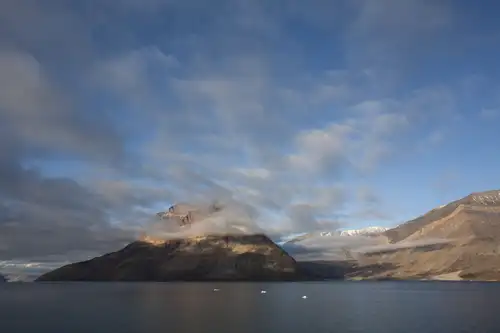


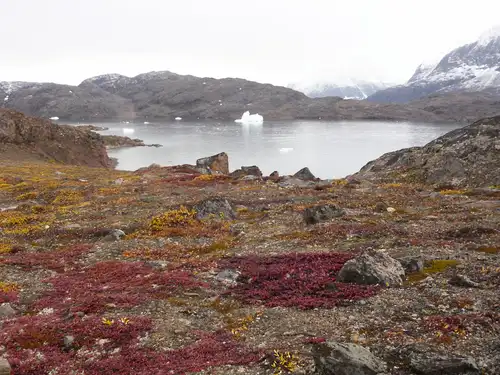
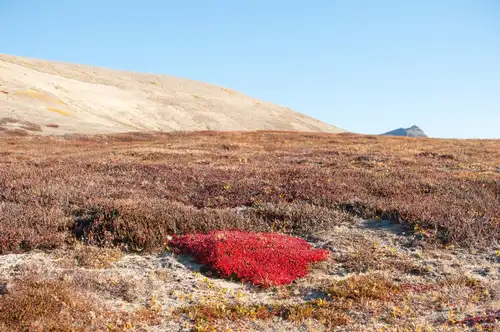
Related Trips
Blog



Not Eskimos: 10 Enlightening Facts About the Inuit
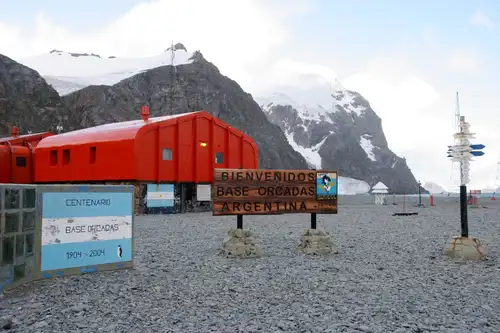
A Look Into the International Research Stations of Antarctica
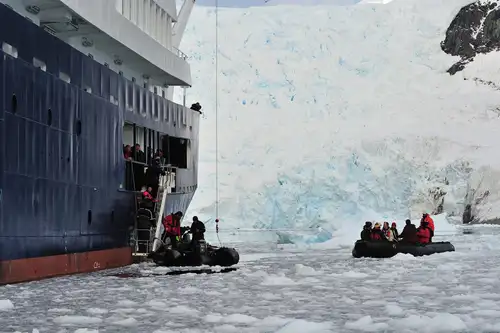
Seven Sublime Antarctic Bays

The Arctic Hare: Easter Bunny
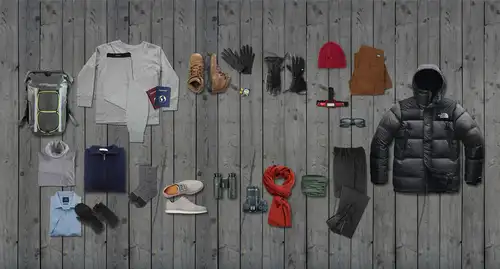
What to Pack for Your Expedition Cruise to the Arctic or Antarctica
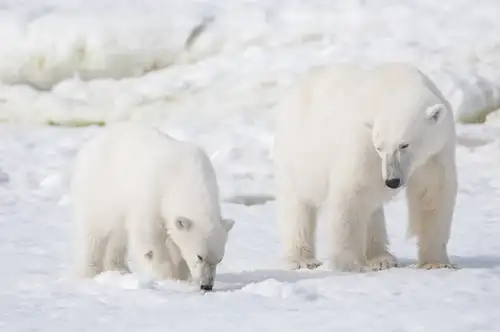
The polar bear: king of the Arctic food chain
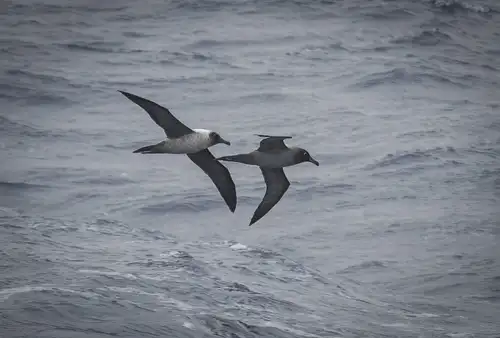
Birds of the South: 33 Antarctic Birds and Seabirds
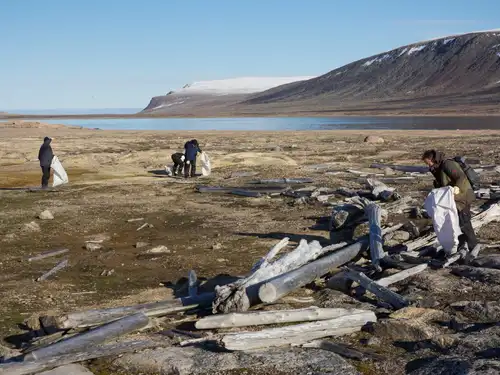
Keep It Green: Our Commitment to Sustainable Polar Travel
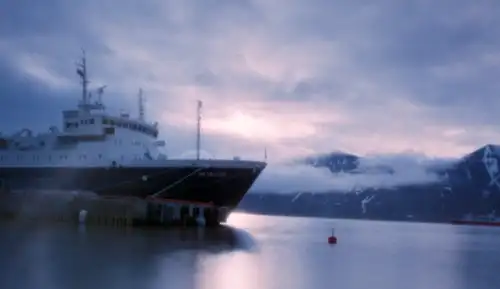
Solargraphy & Pin Hole photography in the Arctic

The World Is Changing for Greenland's Native Inuit People
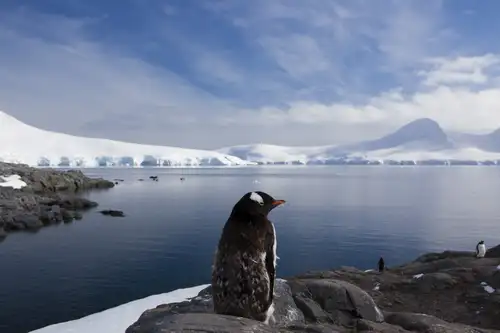
Guidelines for visitors to Antarctica
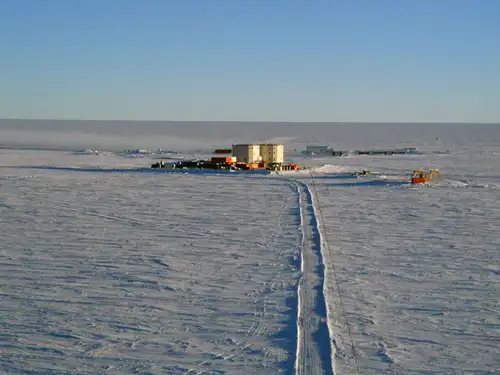
Day and night in Antarctica
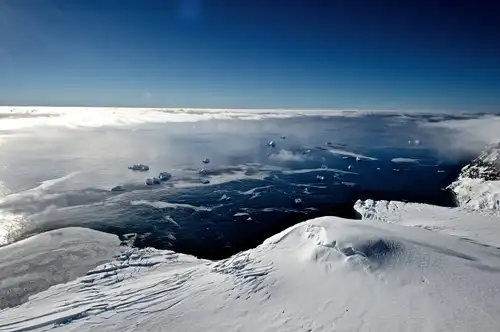
10 Weather-Fueled Facts about Antarctica
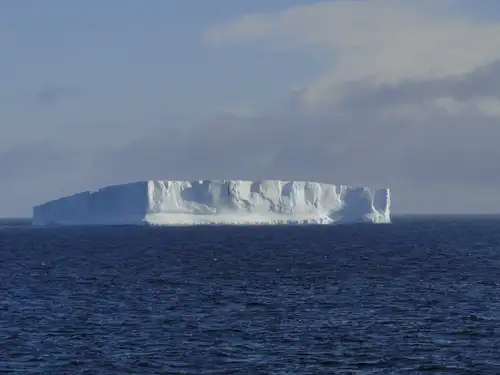
Weddell Sea: the Original Antarctic Adventure
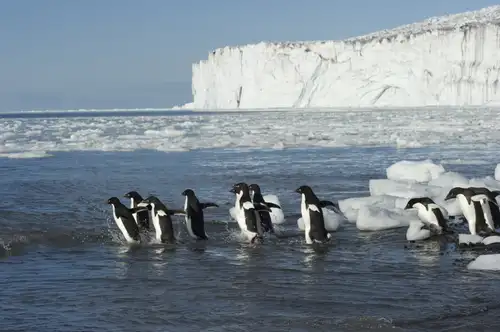
The bio-richness of the Ross Sea
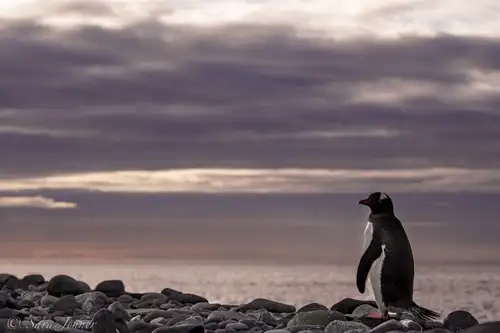
Penguin Wisdom: Life Lessons from Our Favorite Flightless Birds
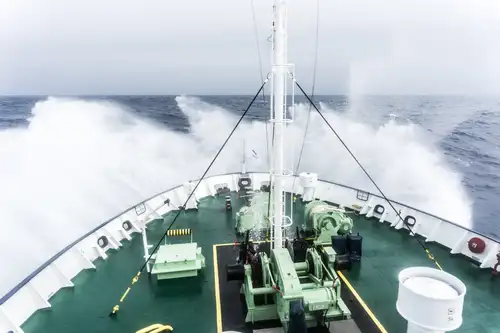
What to Expect When Crossing the Drake Passage
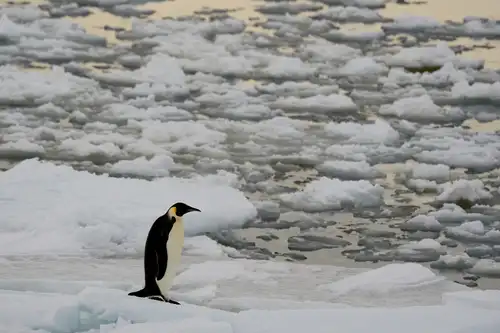
The Ways and Wildlife of the Weddell Sea
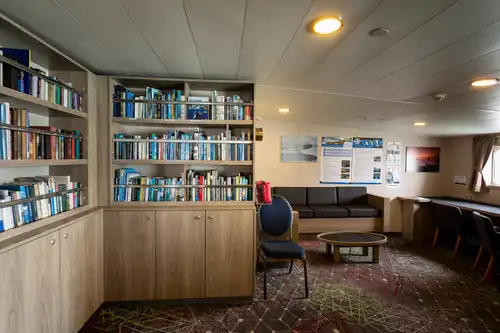
Book Recommendations for Your Polar Cruise
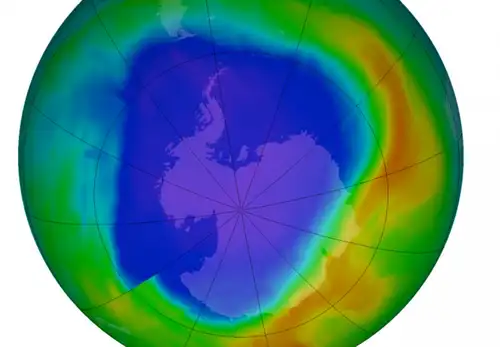





 21 Days / 20 Nights
21 Days / 20 Nights

